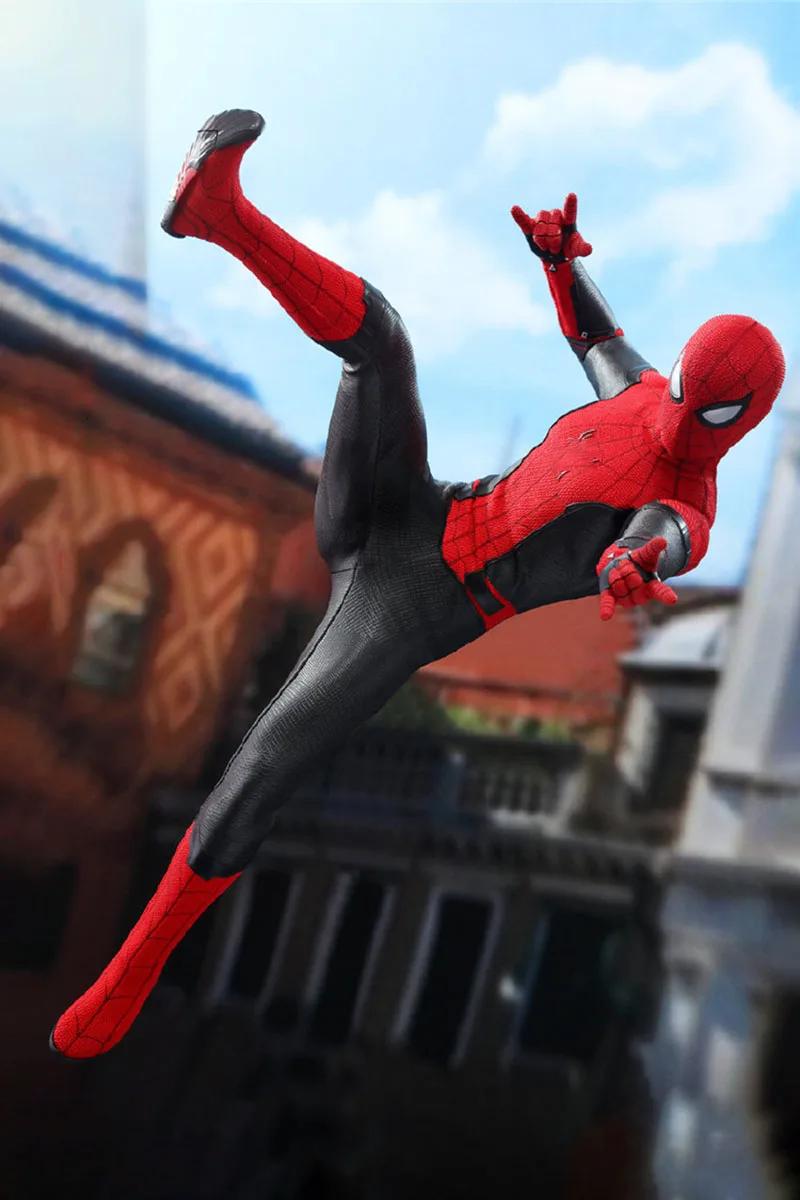
Nguyen, “Noether charge, black hole volume, Barbon and J. Martin-Garcia, “Holographic Complexity Of Cold Barbon and E. Rabinovici, “Holographic complexity and spacetime Holes: Thermodynamics, Information, and Firewalls”. L. Susskind, “Entanglement is not enough,” P. Hayden and J. Preskill, “Black holes as mirrors: Quantum information inĭ. Harlow and P. Hayden, “Quantum Computation vs. H. Stoltenberg and A. Albrecht, “No Firewalls or Information Problem forīlack Holes Entangled with Large Systems,” L. Susskind, “Singularities, Firewalls, and Complementarity,”Ī. Almheiri, D. Marolf, J. Polchinski, and J. Sully, “Black Holes:

J. Polchinski, “The Black Hole Information Problem,” in Proceedings,ĭ. Marolf, “The Black Hole information problem: past, present, and future,” K. Bradler and C. Adami, “The capacity of black holes to transmit quantum T. Hartman and J. Maldacena, “Time Evolution of Entanglement Entropy from Terno, “Black hole information problem and quantum gravity,” Y. Sekino and L. Susskind, “Fast Scramblers,”ĭ. R. Recent results,” in Beyond General Relativity. Russo, “The Information problem in black hole evaporation: Old and Giddings, “Comments on information loss and remnants,” Symposium on Black holes, Membranes, Wormholes and Superstrings Woodlands, J. Preskill, “Do black holes destroy information?,” in “International Coleman, J. Preskill, and F. Wilczek, “Quantum hair on black holes,” Oxford University Press, Inc., New York, NY, USA, 2011. S. Arora and B. Barak, “Computational Complexity: A Modern Approach”.Ĭambridge University Press, New York, NY, USA, 1st ed., 2009.Ĭ. Moore and S. Mertens, “The Nature of Computation”. N. Bao and J. Liu, “Quantum complexity and the virial theorem,” J. Watrous, “Quantum Computational Complexity,” ArXiv e-prints K. Hashimoto, N. Iizuka, and S. Sugishita, “Time evolution of complexity in G. Dvali, C. Gomez, D. Lust, Y. Omar, and B. Richter, “Universality of Blackī. Swingle, G. Bentsen, M. Schleier-Smith, and P. Hayden, “Measuring the Osborne, “Hamiltonian complexity,” Reports on Progress in Physics 75 no. 2, 022001. I would like to thank Satoshi Yamaguchi, UESTC and KEK members and people discussing at 73th Physical Society of Japan Annual Meeting for helping my research. In the final section 5 we summarize our results and remark the new insight about them.Īfter that some future directions are suggested. We review this analysis and also study the five dimensional case. In our case, on the other hand, we take into account the inner of the black hole horizon. In their case, the drag force locates in the boundary of the AdS. The drag force of the four-dimensional Kerr-AdS black hole is studied in. In section 4 the angular momentum is added to the AdS black holes. The angular momentum will show an interesting phenomena which is not found in our previous work. In this section a new parameter - angular momentum is introduced. In section 3 we study the NG action of a string moving in three dimensional black hole spacetime. We first compute the general n-dimensional case and reproduce the ( 4 + 1 )-dimensional results.Īnd then ( 3 + 1 ) and ( 5 + 1 )-dimensional results are also found. This is the higher dimensional generalization of the previous work. In section 2 we begin with calculating the effect of the probe string in the AdS black hole.

In, especially, the counterpart in a field theory is discussed for Finsler geometry and Fubini-Study metric. That conjecture in the time dependent system is our main interest here. Treating the boundary terms of the gravitational action and its renormalization is one of the important problem for proving this conjecture.įor this purpose the Neumann boundary term for gravity and other solutions are considered so far. In general there is the divergence of the action. Ĭomplexity growth of some kinds of black holes, especially Kerr-AdS, are calculated in. This conjecture suggest a relation between computational complexity and the gravitational action which is evaluated in a specific region of spacetime called a Wheeler-DeWitt (WDW) patch.ĬA conjecture is tested in various spacetime setting.

The Complexity-Action (CA) conjecture is the most reliable candidate for this duality. That relation between a gravity theory and a quantum field theory is recent active research theme. The holographic duality is an important principle in recent researches.Īccording to this principle, complexity is expected to have a holographic dual in the gravity theory.


 0 kommentar(er)
0 kommentar(er)
